ABOUT RAJA
RAJA or Rajasthan Association of Georgia is an association of people originally from Rajasthan that are settled in Georgia. The primary aim of RAJA is to promote, represent and celebrate the cultural heritage of Rajasthan.
OUR MISSION & CHARTER
RAJA is a cultural organization, comprising of about one hundred and fifty families from Rajasthan settled in Georgia, U.S.A. RAJA was created to act as a catalyst for celebrating the rich cultural heritage, customs, and values of Rajasthan. Every year, RAJA celebrates Deepawali, the festival of lights, Gangaur, a traditional festival of Rajasthan, and a robust family picnic. Even in the midst of an unprecedented pandemic, RAJA has actively contributed PPE and essential medical supplies to a hospital in Ajmer, Rajasthan as a gesture of support from the community. In 2020, all the RAJA families celebrated Deepawali on a virtual platform with an eclectic cultural program presented by many talented families, including kids. In order to raise awareness about COVID-19, RAJA organized a webinar by a distinguished medical persona in 2020. RAJA members stay connected on a WhatsApp group and on Facebook, and spare no opportunity to stay involved in cultural activities and avenues of community service. RAJA is a luminous example of “Unity in Diversity” representing people of all ethnic and professional backgrounds that are from Rajasthan.
ABOUT RAJASTHAN
Rajasthan, literally meaning the “land of the royalty” is known the world over for its magnificent architecture, its generous traditions of hospitality, its elegant standards of chivalry, its colorful trends in costumes and apparel, its vibrant art and dance forms, its robust music, its unique handicraft and handloom industry, its diamond and precious gem stone jewelry, and its incredible history of valor and bravery. Rajasthan is the seventh largest state in north western India. It comprises of 10.4 % of the population of India and is famous for the vast expanse of the Thar desert. It was in 1949, two years after India’s independence from the British rule that 22 royal kingdoms and principalities were merged to form Rajasthan. People of several multi-ethnic backgrounds live in Rajasthan. It is home to magnificent world cultural heritage monuments, forts, palaces, tiger reserves, and national parks. The founder of the capital city of Jaipur was Maharaja Jai Singh II. It was founded in the year 1727.
Explore some of the interesting aspects of the state of Rajashtan
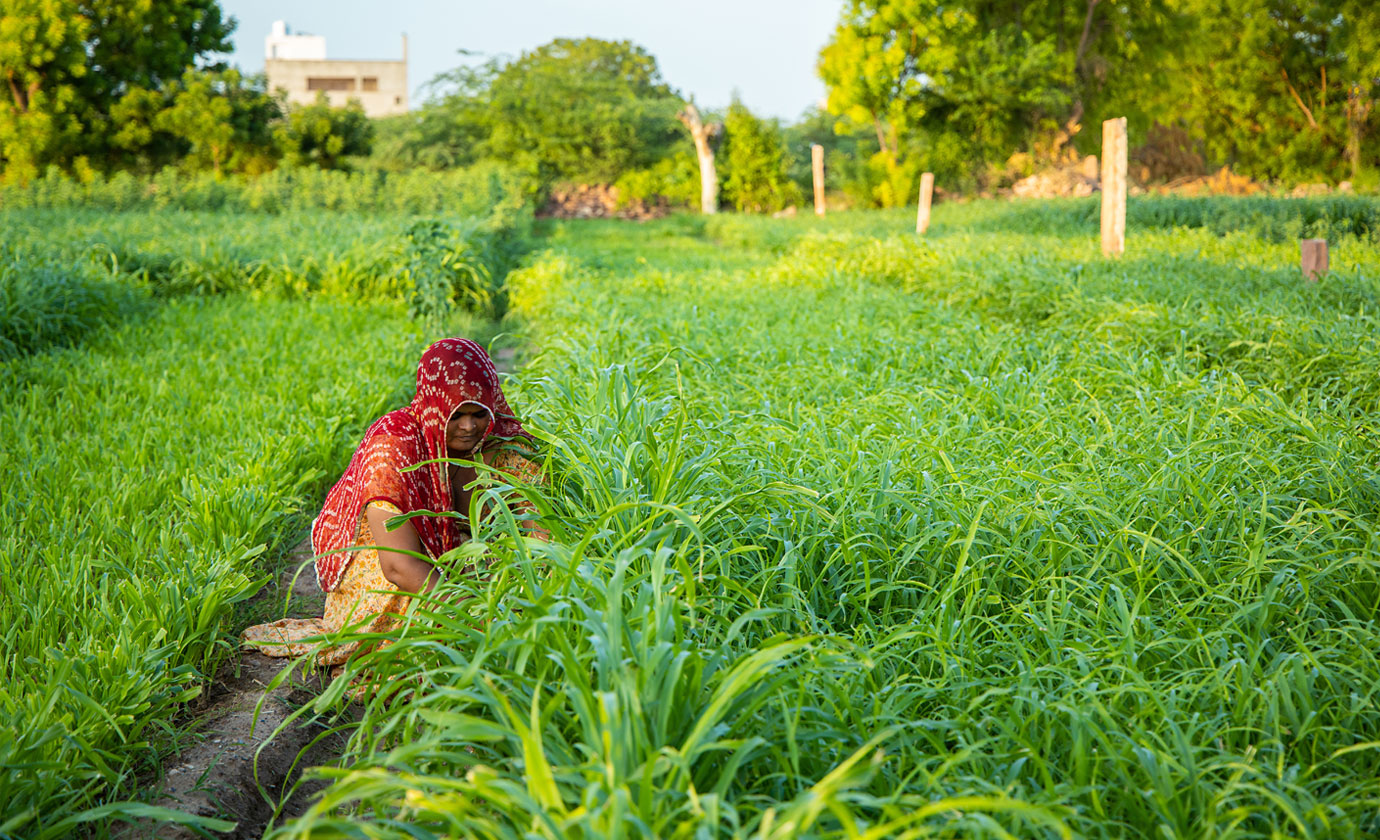
Rajasthan has India’s seventh largest economy
Rajasthan has India’s seventh largest economy that thrives on crops like wheat, maize, barley, oil seeds, spices, milk, and soya beans. Marble and Kota stone from Rajasthan are famously a part of the marvelous architectural designs of many buildings across the world. The handicraft and handloom industry of Rajasthan is world famous for its Lahariya saris, Bandani (Tie and Die) scarves, majestic turbans, oxidized silver jewelry, and the diamond crafting and precious stones jewelry manufacturing enterprise. Rajasthan is known all over the world for swashbuckling sports like Polo, horse riding, and camel cart races. Vastu Shastra is an integral part of the cultural belief system of Rajasthan. The climate of Rajasthan is mostly dry and arid. Summers can get really hot and winter nights very cold. Temperature extremes range between 2 degree Celsius and 45 degree Celsius. The average rainfall every year is 637 mm.
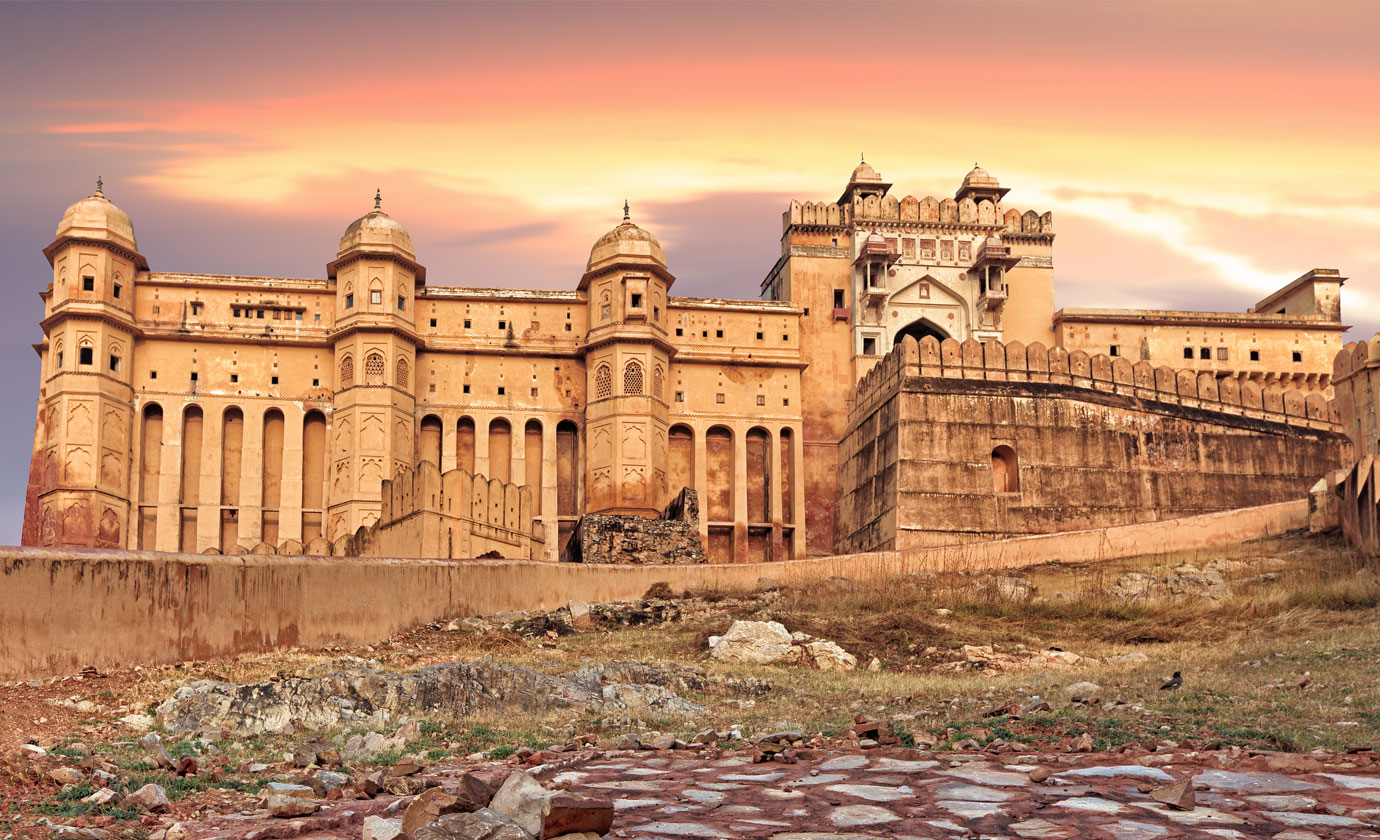
Rajasthan attract tourists from all over the world
The places of interest in Rajasthan attract tourists from all over the world. Some famous architectural landmarks include the historic Jaigarh and Amer forts in Jaipur, also known as the Pink city due to the beautiful sand stone architecture of the inner city that’s pink. The Dilwara temple complex near Udaipur, the city of lakes, is famous for its intricate marble architecture and is of great spiritual importance to the Svetambara Jain community. The famous Lake Palace in the middle of the picturesque lake Pichola is the eternal favorite of tourists and native inhabitants alike. Kota is the industrial capital of Rajasthan, and is a global hub of higher education for coaching students for the eminent Indian Institute of Technology and several medical colleges.
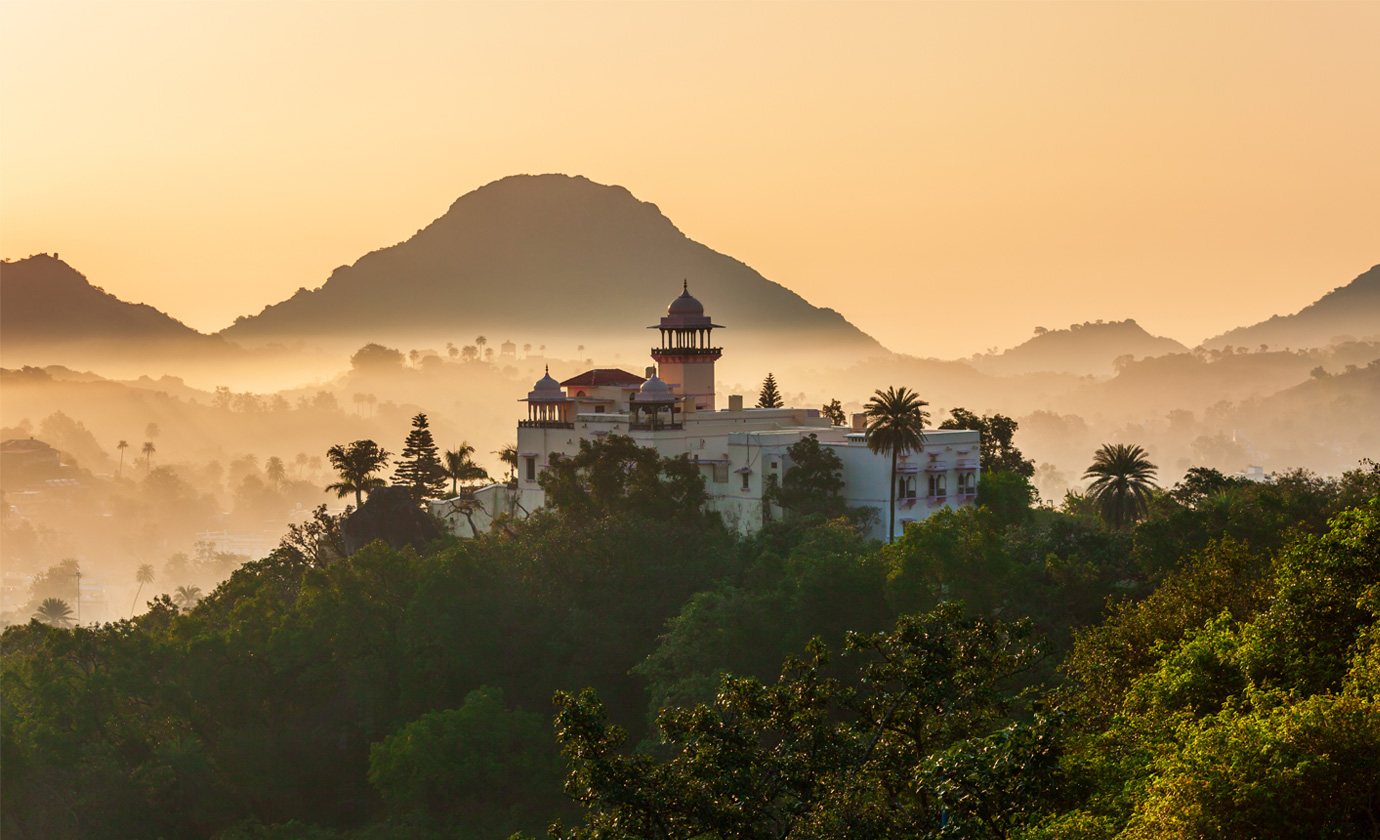
The Aravali mountain range is home to Mount Abu.
The Aravali mountain range, which is 692 kilometers long, is home to the scenic hill station called Mount Abu. The beautiful Nakki lake is a popular boating spot in Mount Abu. The majestic Umed Bhawan Palace of Jodhpur gives a historic grandeur to the city. The Ajmer Sharif Dargah shrine at Ajmer is thronged every year by scores of multi-ethnic devotees, including Hindus and Muslims, testifying to the time-honored tradition of secularism in India. The famous Pushkar lake in Ajmer is considered as a holy site, just like the river Ganges, and is flanked by the Temple of Brahman. The historic Chittorgarh fort occupies an illustrious place in the history of Rajasthan. The ruins of the Indus Valley civilization in Kalibangan in northern Rajasthan bestow a time hallowed stature to the historic state. The golden palace of Jaisalmer is the glowing nugget that shines brightly in the Thar desert. Some of the famous historic figures that have made the history of Rajasthan a force to reckon with, include Maharana Pratap and his horse Chetak, Rana Kumbha, Prithvi Raj Chauhan, Rani Padmini, Mira Bai, Rani Padmavati, Panna Dhai, Jodha Bai, and more recently Maharani Gayatri Devi.
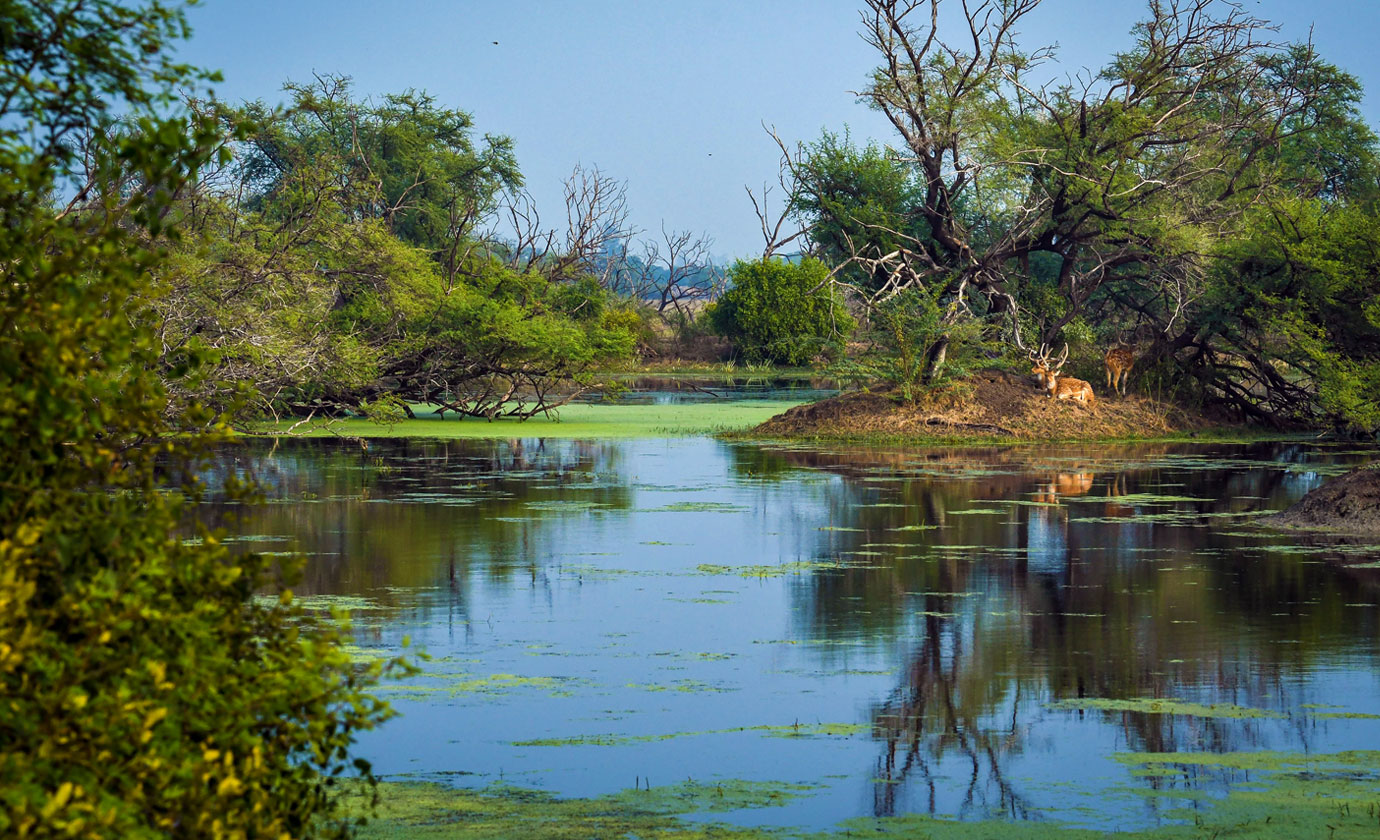
The Keoladeo national Park is a world heritage site
The Keoladeo national park of Bharatpur is a world heritage site and is a prime tourist attraction, including the three tiger reserves of Ranthambore, Sariska, and Mukundra Hills. It is remarkable that these tiger reserves send a message of the need to preserve an endangered species on mother earth. Chinkara is the official state animal and the Indian bustard is the official state bird of Rajasthan. But, it’s the melodious and enchanting peacock with its symmetrically colorful plume that can be found dancing and cooing in the rich and common people’s backyards alike.
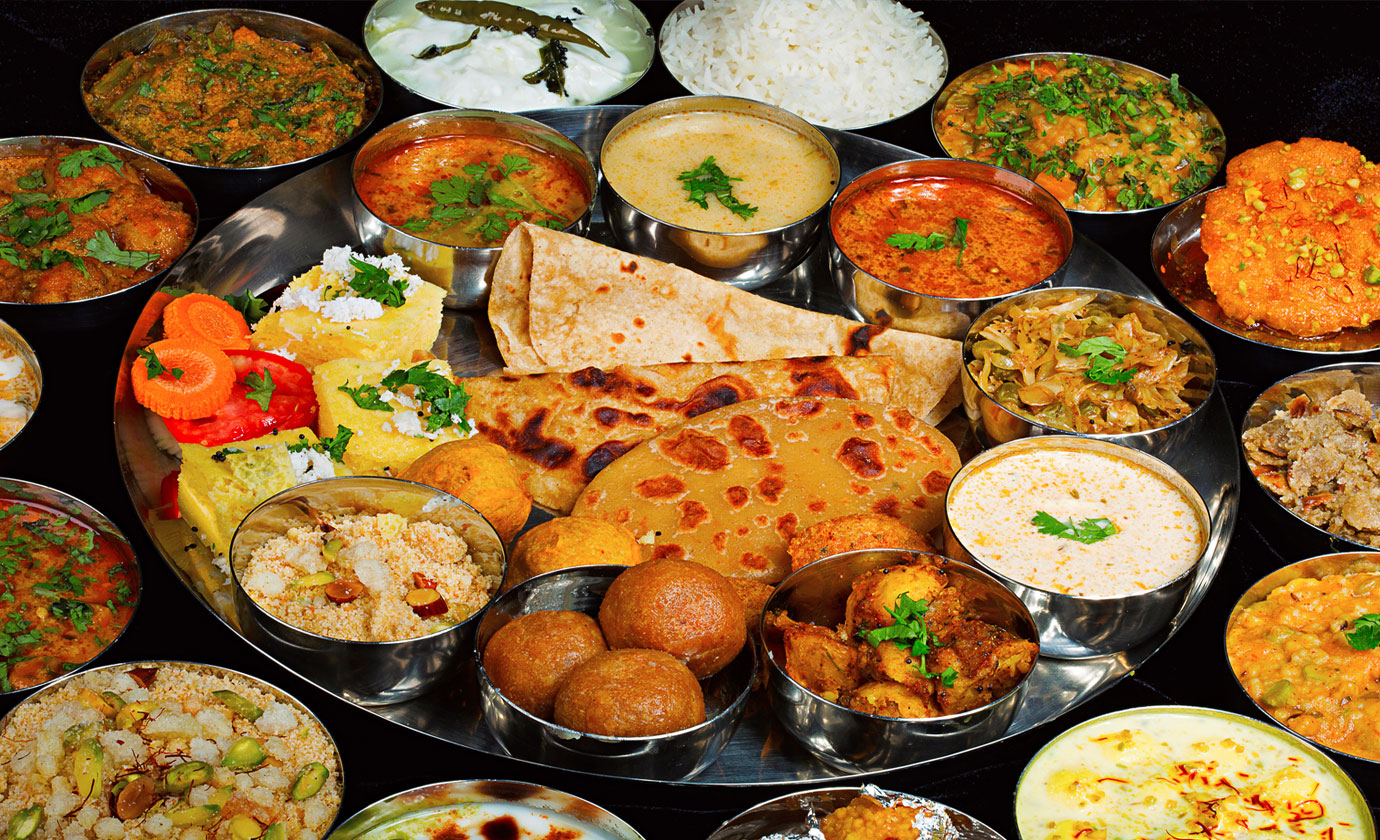
The rich cuisine of Rajasthan caters to a variety of palates
The delectable, perky, and rich cuisine of Rajasthan caters to a variety of palates. Daal Baati Churma, Gatte ki Subzi, Mirchi Bade, Ker Sangri, Papad ki Subzi, Bajre ki Roti, Raab, Malaidaar Lassi, Raj Kachori, Lassan ki Chutney, Jalebi with Rabri, and Ghevar are surely every food lover’s fantasy come true. The folk music and folk dance traditions of Rajasthan are widely enjoyed by people from all walks of life, including the tourists and art connoisseurs. The famous Kalbelia and Ghoomar dance forms paired with the gutsy and robust songs by singers like Ila Arun and Mame Khan can get anyone on the dance floor. The classical music of Rajasthan is best represented by the Jaipur-Mewati Gharana. The art of puppetry from Rajasthan has acquired international fame by virtue of the creative dexterity of puppets and the enactment of puppetry shows by talented puppetry artists, who can be found in every nook and corner of Rajasthan.
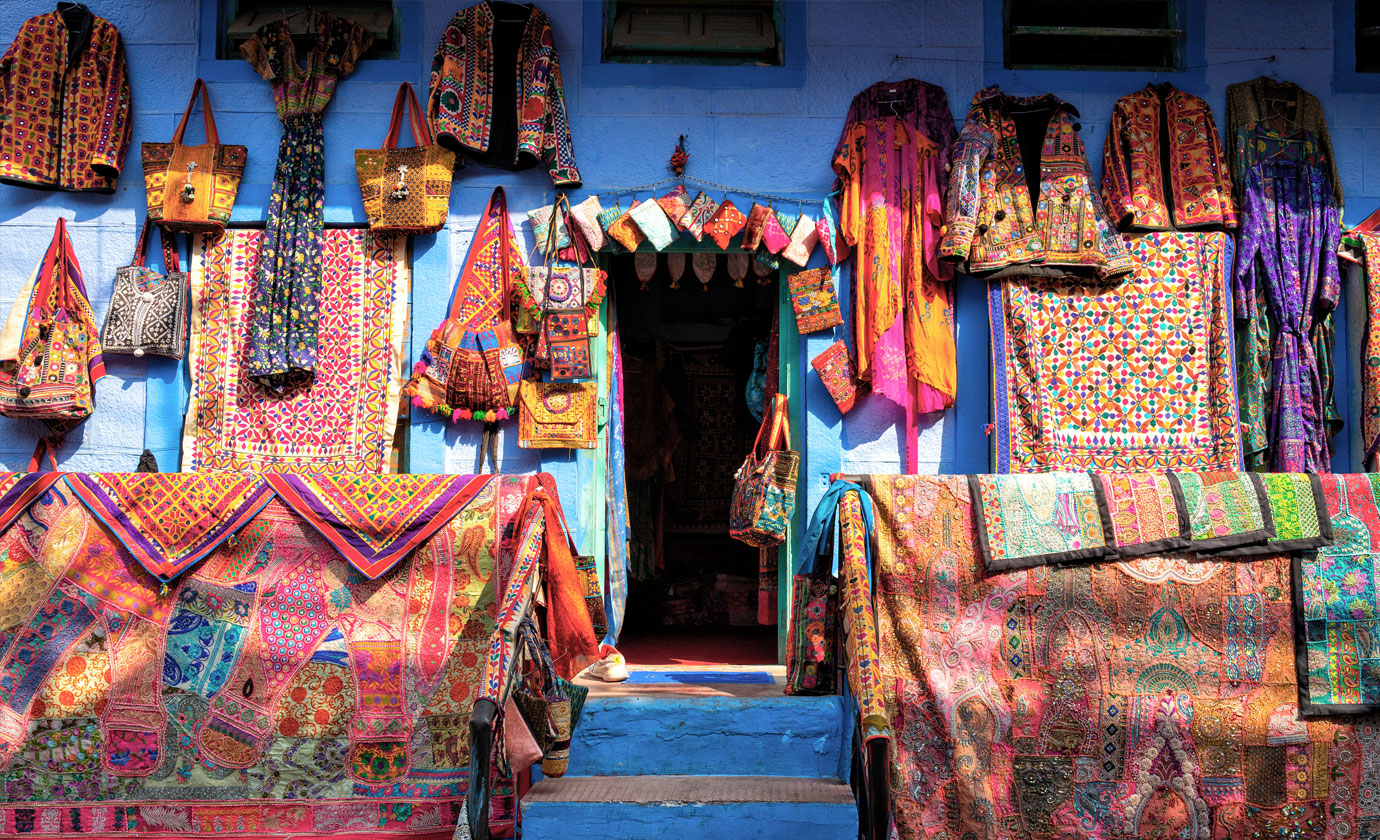
Rajasthan stands out with is chivalrous conduct and colorful dress codes
What does make Rajasthan stand out head and shoulders above the rest of the regional cultures in India is the chivalrous conduct and colorful dress codes embraced by its peoples. When the men dress up in the traditional ensemble of long embellished coats, dhotis, cummerbunds, and jodhpurs (pantaloons) while sporting moustache and colorful turbans, it’s hard to disregard the importance of traditional attire in Indian culture. When the women dress up in colorful Gota work and Kota saris and embellished lehnga or ghaghra cholis with odni while sporting kundan and laakh jewelry, they are the cynosure of all eyes. The men, women, and children in rural Rajasthan always wear colorful clothes, testifying to the hardy and vibrant demeanor of the people from Rajasthan.

Rajasthani people are famous for generous standards of hospitality
Above all, it’s the large-hearted and larger than life demeanor of the Rajasthani people that’s famous for inordinately generous standards of hospitality. This attribute makes the lyrics of the famous folk song, “Padharo Mhare Des” so true to the spirit of a welcoming position that the Rajasthani people take towards people of all ethnic backgrounds. All in all, Rajasthan is the heartbeat of India and its landscape and culture is known the world over for its mesmerizing architecture; the splendor of its temples, forts and palaces; and the tradition of gallantry represented by men and women alike. Some of the cultural festivals celebrated by the people in and from Rajasthan are Holi, Teej, Gangaur, Deepawali, Makar Sankranti, and several regional festivals like the Desert festival at Jaisalmer, summer and winter festival at Mount Abu, and the Udaipur Mewar festival.